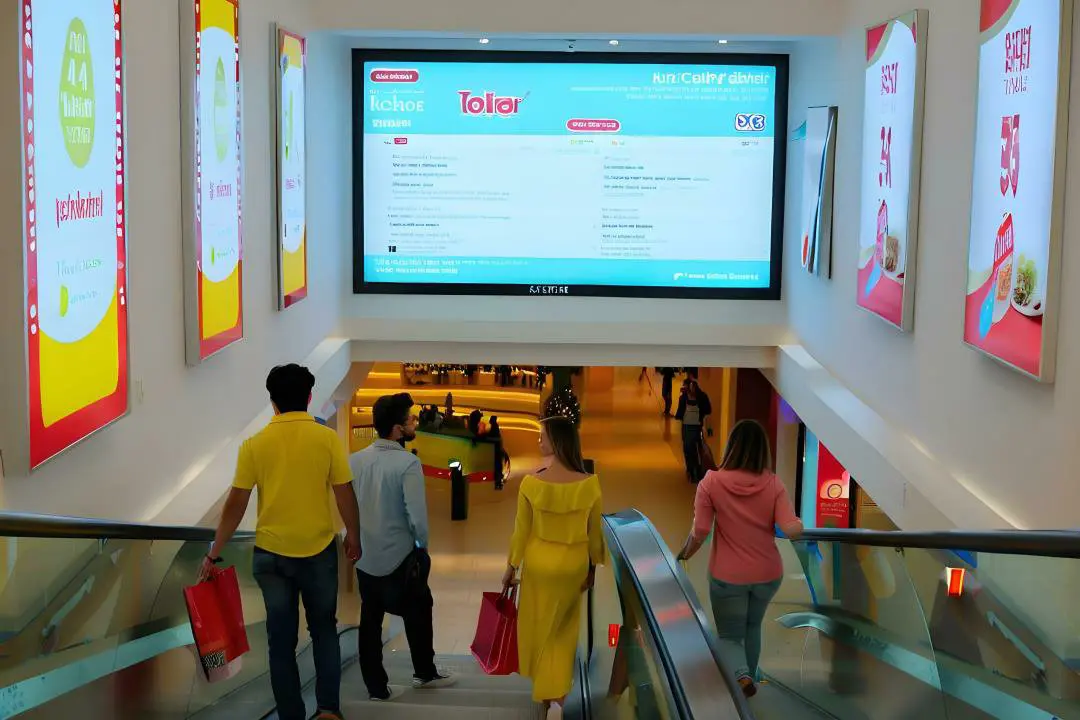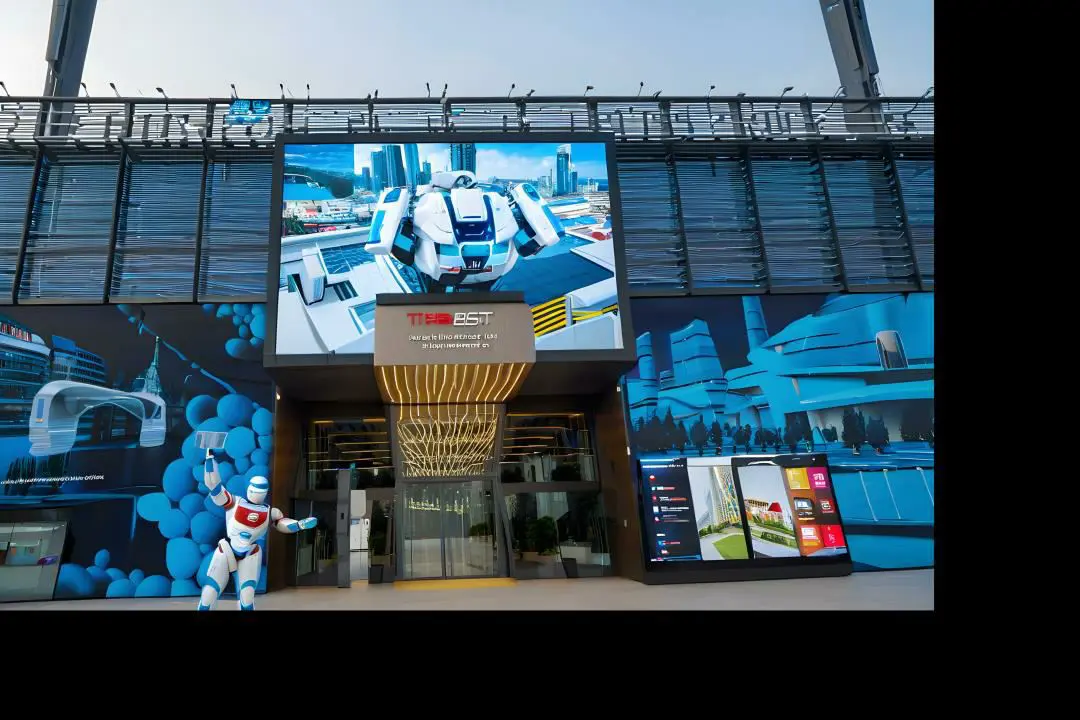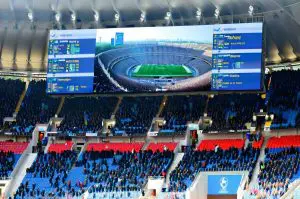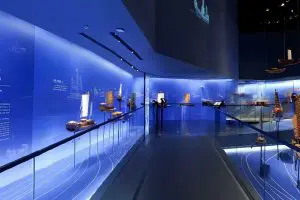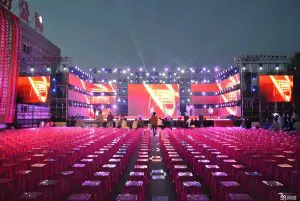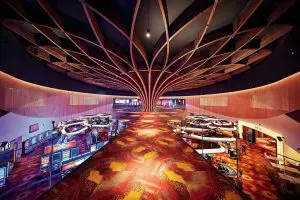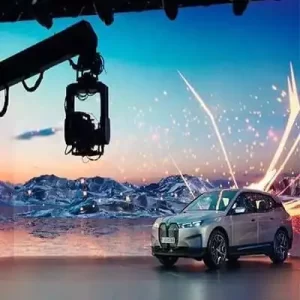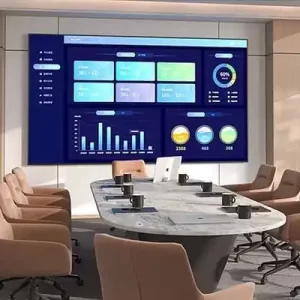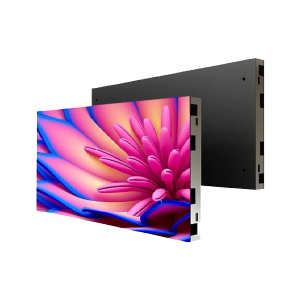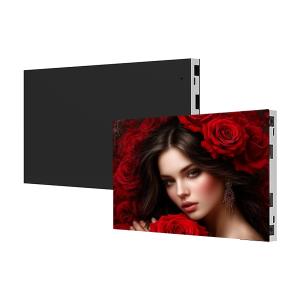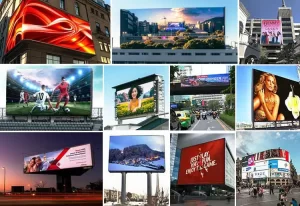An LED display for a supermarket is a versatile digital signage solution that enhances the shopping experience by displaying dynamic content such as promotions, product details, pricing, and announcements. Designed for high visibility and flexibility, LED display Screens help supermarkets create impactful visual communication, drive customer engagement, and boost sales.
In this guide, we’ll explore the features, benefits, applications, and considerations for choosing the right LED display for a supermarket.
What Is an LED Display for a Supermarket?
An LED display for a supermarket is a digital screen that uses light-emitting diodes (LEDs) to showcase promotional content, product information, menus, or store announcements. These displays can be installed in various locations in the store, such as entrances, checkout areas, aisles, or shelves, to maximize their impact on customers.
Key Features of LED Displays for Supermarkets
Supermarket LED displays are designed with advanced features to meet the demands of retail environments:
1. High Resolution
- LED displays offer high pixel density (P1.2–P3) for clear and sharp visuals, even at close viewing distances.
2. Brightness and Visibility
- Brightness levels of 500–1,000 nits ensure excellent visibility in indoor environments, even under bright store lighting.
3. Dynamic Content
- Display videos, animations, and rotating ads to attract customer attention and communicate promotions effectively.
4. Custom Sizes and Shapes
- LED displays are modular, allowing for custom shapes and sizes to fit specific locations like walls, shelves, and pillars.
5. Energy Efficiency
- LED technology is energy-efficient, reducing operational costs for supermarkets running displays during extended hours.
6. Easy Content Management
- Update content remotely using Wi-Fi, 4G/5G, or cloud-based platforms, enabling real-time changes to promotions or pricing.
7. Seamless Display
- Bezel-free LED panels create a seamless screen, ensuring uninterrupted visuals for larger installations like entrance displays or video walls.
8. Long Lifespan
- Designed to operate for 50,000–100,000 hours, LED displays are durable and reliable for long-term use.
Benefits of LED Displays
Installing LED displays in supermarkets offers several advantages for both customers and store operators:
1. Increased Customer Engagement
- Bright and dynamic visuals grab shoppers’ attention, making promotions and product highlights more effective.
2. Boost Sales and Impulse Purchases
- Display real-time promotions, discounts, and product bundles to drive sales and encourage impulse buying.
3. Enhanced Store Atmosphere
- Use LED displays to create an engaging and modern shopping environment with visually appealing content.
4. Flexible Advertising
- Rotate multiple ads, showcase seasonal promotions, or highlight new arrivals without the need for printed materials.
5. Real-Time Updates
- Update prices, promotions, or announcements instantly to reflect changes in inventory or marketing campaigns.
6. Cost Efficiency
- Eliminate recurring costs for printing posters, banners, and flyers by switching to digital signage.
7. Improved Customer Experience
- Provide helpful information such as store maps, wayfinding, or QR codes for additional details about products.
Applications of LED Screens
LED displays can be used strategically throughout a supermarket to maximize their impact:
1. Entrance Displays
- Greet customers with welcome messages, store promotions, or loyalty program details.
- Showcase seasonal deals or advertisements from partner brands.
2. Checkout Counters
- Display last-minute deals, loyalty rewards, or queue updates to engage customers waiting in line.
3. Aisle Displays
- Install LED panels at the end of aisles to promote specific product categories or highlight discounts.
- Use smaller shelf-edge displays to show pricing, product descriptions, or promotional messages.
4. Video Walls
- Create large video walls in high-traffic areas to showcase dynamic ads, store branding, or featured products.
5. Refrigeration and Frozen Sections
- Use LED screens on refrigerator doors or near freezer sections to highlight promotions on refrigerated goods.
6. Digital Menu Boards
- For in-store cafés or delis, display menu boards with pricing, specials, and combo offers.
7. Wayfinding and Store Information
- Help customers navigate the store with LED displays showing store maps, aisle categories, or product locations.
Types of LED Screens for Supermarkets
Different types of LED Screens are used in supermarkets based on their location and purpose:
1. LED Video Walls
- Best For: Large, dynamic displays in entryways or high-traffic areas.
- Features: Seamless, bezel-free visuals for impactful branding and promotions.
2. Shelf-Edge LED Displays
- Best For: Displaying pricing, product details, or small promotions directly on shelves.
- Features: Compact, high-resolution displays designed for close viewing.
3. Transparent LED Displays
- Best For: Glass refrigerators, storefronts, or unique architectural designs.
- Features: Semi-transparent panels that allow customers to see through while displaying content.
4. Ceiling-Mounted LED Displays
- Best For: Overhead wayfinding, category signage, or promotional banners.
- Features: High visibility for directing customer traffic and promoting deals.
5. Interactive LED Displays
- Best For: Customer engagement through touch-enabled kiosks or interactive product promotions.
- Features: Touchscreen functionality for browsing product catalogs or accessing additional information.
Factors to Consider When Choosing an LED Display Screen
When selecting an LED display Screenfor your supermarket, consider the following factors:
1. Screen Size
- Choose screen sizes based on the installation location:
- Small Displays: Shelf-edge or aisle signage.
- Large Screens: Entrance displays or video walls.
2. Pixel Pitch
- P0.6–P2: Best for close viewing (e.g., shelf-edge screens or aisle displays).
- P2–P3: Suitable for larger screens in high-traffic areas.
3. Brightness
- Ensure brightness levels of 500–1,000 nits for clear visibility in indoor supermarket lighting conditions.
4. Content Management
- Look for easy-to-use content management systems (CMS) for remote updates and real-time content scheduling.
5. Design and Integration
- Choose displays that blend seamlessly with your store design and layout, such as transparent or custom-shaped LED panels.
6. Durability
- Opt for screens with long lifespans and low maintenance requirements for reliable operation.
7. Budget
- Prioritize features like resolution, size, and content management based on your budget and store needs.
Cost of LED Display Screens for Supermarkets
The cost of LED display Screens varies depending on their size, resolution, and features. Below is an approximate price range:
| Screen Type | Size/Pixel Pitch | Cost per m² (USD) | Best For |
|---|---|---|---|
| LED Video Wall | P2–P3 | $2,000–$4,000 | Entrance displays or large promotions. |
| Shelf-Edge Displays | P1.5–P2 | $500–$1,500 per unit | Pricing and promotions on shelves. |
| Transparent LED Screens | P3–P7 | $4,000–$7,000 | Refrigerators, storefronts, or glass displays. |
| Ceiling-Mounted Screens | P2–P3 | $2,000–$4,000 | Overhead wayfinding and ads. |
| Interactive Displays | P1.2–P2 | $3,000–$6,000 | Touch-enabled kiosks or promotions. |









